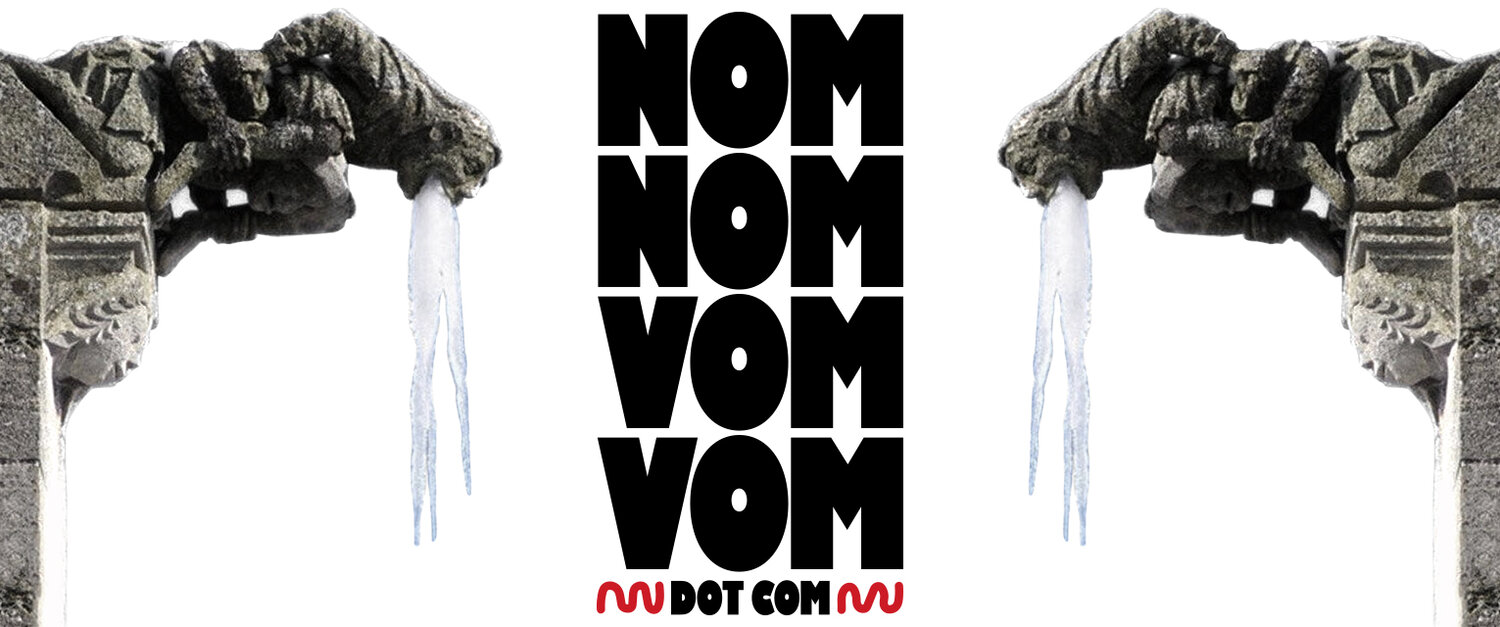On maraschino cherries
What’s the deal with maraschino cherries? Based on the color alone I feel like they could be cancer-causing.
I love maraschino cherries. If maraschino cherries were given a human name they would be called Tiffany. They are the only garnish which routinely upstages the thing being garnished. They’re like cocaine for children, and parents generally apply the same logic governing their usage: “not allowed” unless it’s a really fancy dinner in which case you’re allowed one or unless it’s a wedding in which case YOLO.
This is the place where I disclaim that what you’re about to read will forever change your relationship to maraschino cherries. If you’d like to keep things simple between you and Tiffany, just stop here.
I’d like to introduce the rest of you to my friend Vick. Vick spent his high school summers working at a cherry processing plant in Oregon. The job entailed ten-hour shifts of hard labor in a warehouse chilled to 35ºF, but it was lucrative —we’re talking $25/hr — which translates to more weed than even a high school kid can smoke. The plant was also run by his neighbor’s family, so the cherry pit crüe was perennially composed of Vick’s degenerate friends. These benefits proved enough to dissuade him from finding alternative summer employment. Come harvest time, there was always the cherry factory. Throughout college he continued to enlist.
It was a simple job. All day long, the cherry boys sorted fruit by quality in an oversized, windowless ice chest. The best cherries were sold fresh at farmer’s markets. The mid-tier cherries were diverted to a flash freezer, where they were bagged for the supermarket frozen aisle. The lowest tier cherries were canned. Then, at the end of the shift, they’d sweep up all of the cherries that had fallen on the floor and combine them with the remaining rotten and rejected cherries. These were sent away to become maraschino cherries.
When I first learned about this, I did not take the news lightly. I swore off maraschino cherries. No limp pineapple wedge could compare to ravaging Tiffany’s delicious flesh at a bar mitzvah—but I tried not to look back. I began seeing other fruit.
Where were you last night, Tiffany?
Now I know better. A curious fact of food safety is that there’s no universal correlation between food quality and safety. Meaning, an unblemished cherry is no safer to eat than its severely bruised counterpart. Here’s another example: the presence of “insect fragments” is commonplace in plant-based products like peanut butter or chocolate. But since eating insects poses no health risk and is conveniently undetectable to the consumer, there’s not much incentive to debug the cocoa beans before you throw them in the grinder. When you start using this logic to make business decisions, the result is unsettling. Why should maraschino cherries be anything other than the floor sweepings— if it’s cheaper, equally safe, and the consumer will never know?
Luckily, we have the FDA to set some boundaries. The FDA’s “food defects level handbook” is a guide that sets a legal threshold for nasty (albeit harmless) shit in your food. Including literal shit. For example, there shall be no more than 1 mg of mammalian poop included per pound of cinnamon. For another example, there shall be no more than nine rodent hairs per 10 grams of sage. When you peruse the handbook, you start to get a sense of the conditions under which these foods are produced.
Maraschino cherries get a specific call out in the handbook: No more than 1 in 20 of them shall be maggot-infested. Quick math: that’s 16 allowable maggot-infested cherries per gallon jar. According to the FDA, any more would render these cherries defective for “aesthetic” reasons:
Personally, I’ve reconciled with Tiffany...even after knowing what I know about her dirty ways. I don’t buy maraschino cherries at the supermarket because I have a tiny morsel of self-respect, but I am thrilled to encounter them in the wild. I always eat the cherry before I drink the drank, and I’d fish yours from the empty glass if you left it behind.
+++++


